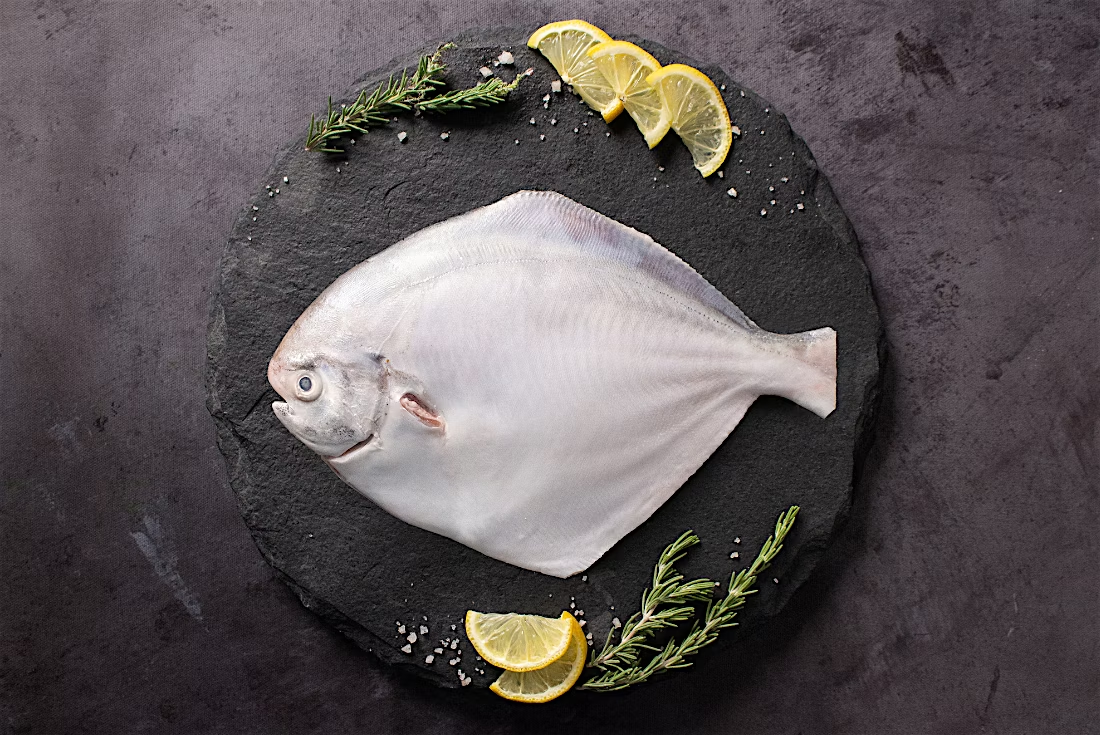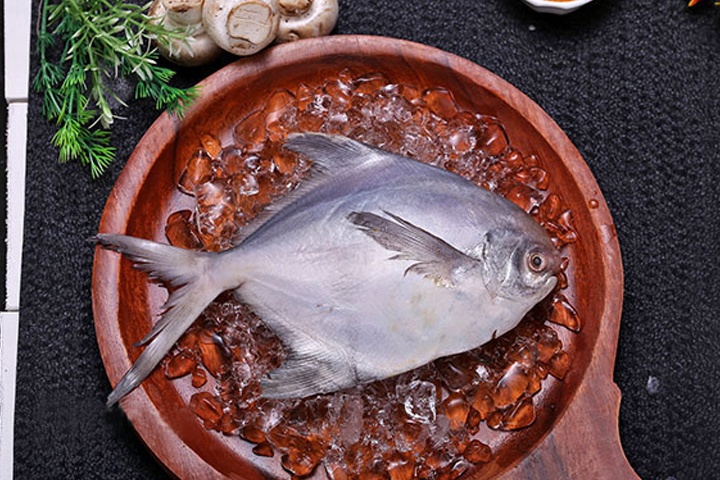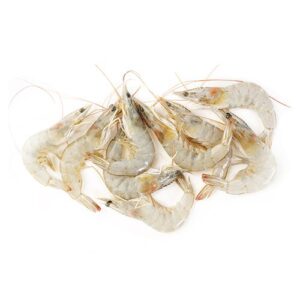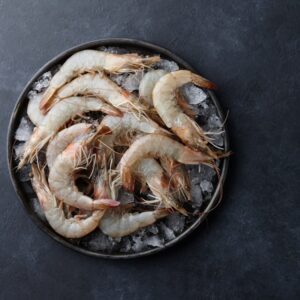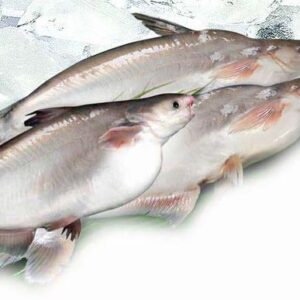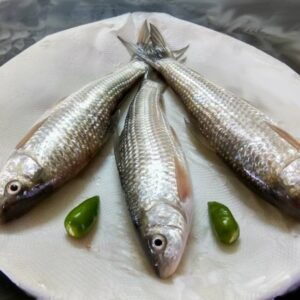Scientific Name: Pampus argenteus
Common Names:
– Pamphlet Fish
– Pomfret Fish
– Silver Pomfret
– White Pomfret
– Avoli (in some regions)
Origin:
Native to the warm waters of the Indo-Pacific region, from Japan to Australia, and the Middle East.
Physical Characteristics:
– Body shape: Oval, compressed
– Size: Up to 60 cm (24 inches) in length, weighing up to 3 kg (6.6 lbs)
– Color: Silver-grey with a white belly
– Fins: Single dorsal fin, anal fin, and caudal fin
– Scales: Large, cycloid scales
Habitat and Behavior:
– Marine habitats: Coastal waters, estuaries, and brackish waters
– Demersal fish: Found near the sea floor
– Omnivorous diet: Feeds on small fish, crustaceans, and plankton
– Schooling behavior: Often found in small schools
Culinary Significance:
– Highly prized for its flavorful and firm flesh
– Popular in many cuisines, including Chinese, Indian, and Southeast Asian
– Prepared in various ways: steamed, fried, grilled, or in soups
Nutritional Benefits:
– Rich in protein, omega-3 fatty acids, and vitamins
– Low in saturated fat and calories
– Good source of minerals like calcium, iron, and potassium
Conservation Status:
– Listed as Least Concern on the IUCN Red List
– However, overfishing and habitat degradation pose local threats
Interesting Facts:
– Pomfret Fish can change color to blend with their surroundings
– They have a unique swimming style, using their dorsal and anal fins
– Considered a delicacy in many cultures due to their flavorful flesh



